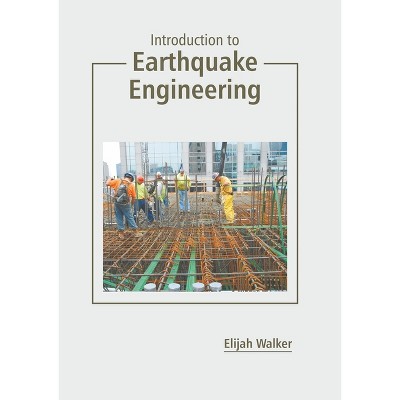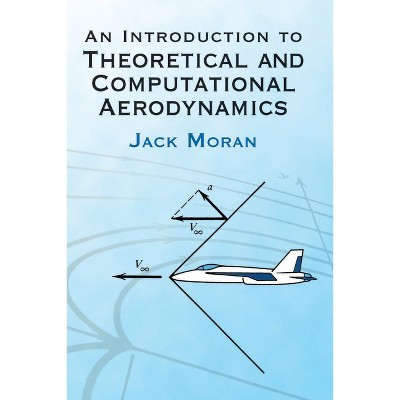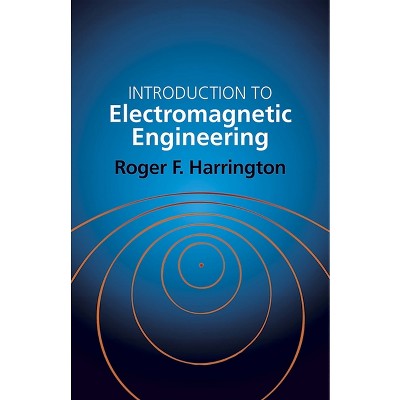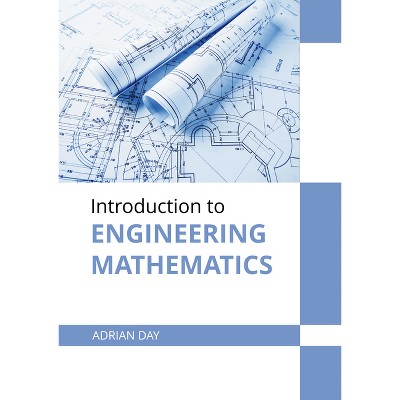About this item
Highlights
- About the Author: Michael Isaacson, Ph.D., P.Eng., is Professor Emeritus of Civil Engineering at the University of British Columbia, Canada.
- 336 Pages
- Technology, Civil
Description
About the Book
"Introduction to Coastal Engineering is an innovative and comprehensive resource designed to bridge the existing gaps in the study and application of engineering solutions for coastal environments. Coastal engineering plays a vital role in addressing the impacts of sea-level rise due to climate change, and this guide emphasizes real-world, practical solutions and applications for professional engineers and engineering students combating these issues. This book offers an extensive exploration of coastal engineering topics, including coastal structures, processes, and modeling as well as wave and wind theory. Each chapter is accompanied by detailed worked problems and end-of-chapter discussion questions. Practical solutions, the latest advancements in the field, and reliable data are integrated throughout the book, making it an ideal resource for engineering students and professionals focused on the development and preservation of coastal structures and communities. The concepts are presented in a clear and understandable manner, making the complexities of coastal engineering topics much easier to comprehend and apply. In an era marked by the unprecedented challenges of climate change, Introduction to Coastal Engineering is a key resource for the students entering the field and practicing engineers responsible for sustaining and developing our coastal areas"--From the Back Cover
Understand and respond to a changing coastline with this comprehensive reference
Coastal engineering concerns society's interactions with coastlines and relates, for example, to coastal flooding, beach erosion, seawalls and breakwaters, and the design of marinas. As climate change drives sea level rise, coastal engineering is critical in responding to increased coastal flooding and receding shorelines. The need to develop coastal infrastructure while minimizing environmental impacts makes this a vital field.
An Introduction to Coastal Engineering offers a comprehensive overview of this subject, designed to bridge existing gaps in the general civil engineering literature. Covering all major aspects of coastal engineering, including ocean wave behaviour, structures, sediments, mixing processes, and modelling, the book emphasizes practical solutions and applications for students and practicing engineers alike. Thorough and rigorous, yet highly readable, the book is a must-own tool for developing solutions towards a sustainable coastal future.
An Introduction to Coastal Engineering readers will also find:
- Pertinent descriptions of wave theories, wave transformations, and random waves
- Detailed discussion of practical solutions, recent advancements in the field, and up-to-date data sources
- Worked-through examples and end-of-chapter problems with some written assignments
- A spreadsheet appendix containing a set of reference solutions
An Introduction to Coastal Engineering is ideal for students in upper-level undergraduate and graduate courses in coastal engineering, practicing coastal engineers, and other engineers engaged in coastal flood protection, waterfront development projects, and the minimization of environmental impacts along shorelines.
About the Author
Michael Isaacson, Ph.D., P.Eng., is Professor Emeritus of Civil Engineering at the University of British Columbia, Canada. He has decades of experience teaching coastal engineering and undertaking coastal engineering projects, his publication record includes over 200 papers on coastal engineering topics, and he has served on numerous professional committees and boards.












